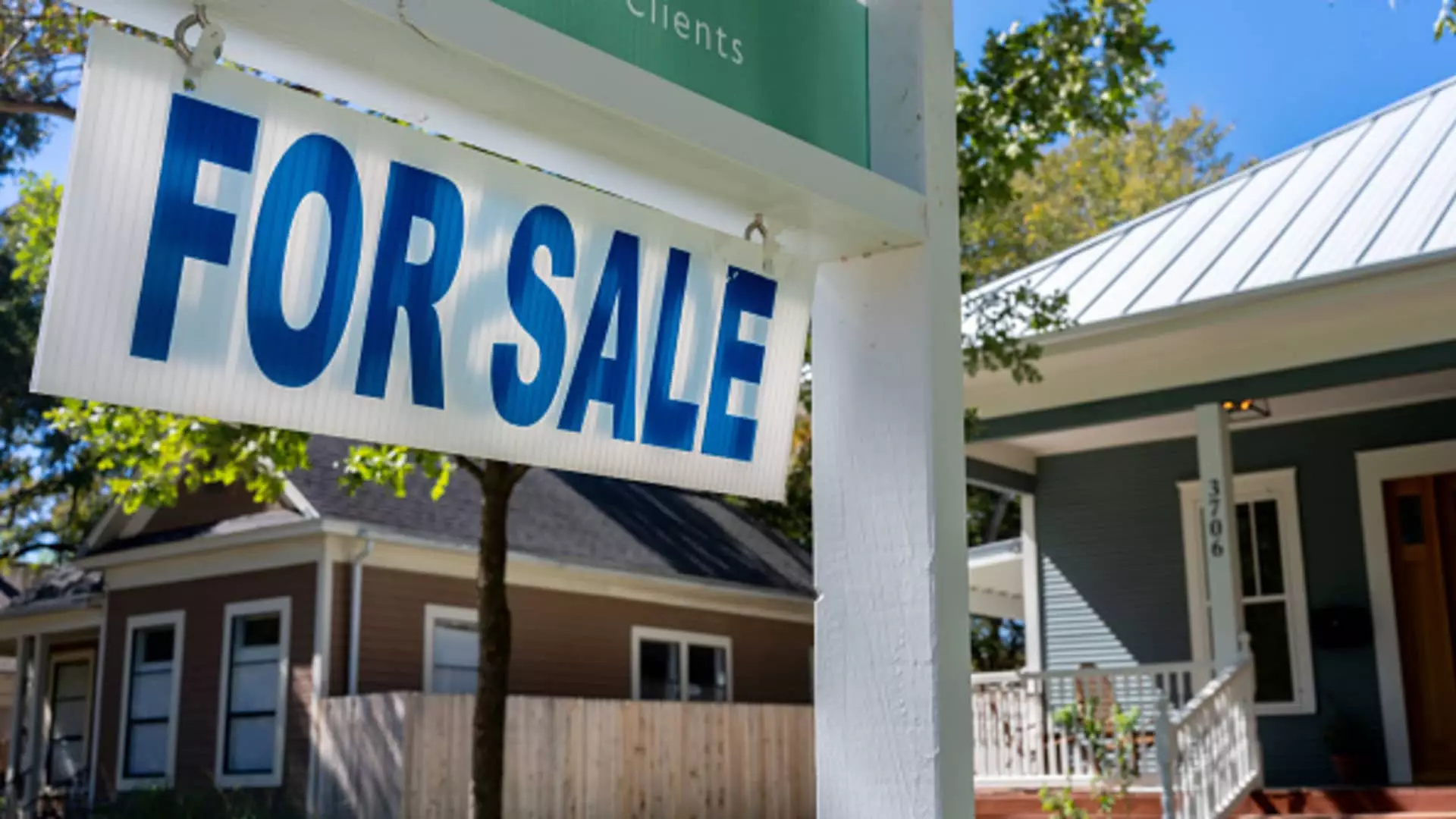As mortgage rates solidify around the 6% mark, many potential homebuyers find themselves reminiscing about the halcyon days when borrowing rates hovered around 3%. The recent interest in home buying has led to an uptick in searches for “assumable mortgage,” a relatively obscure term that has begun to resurface in public discourse. The allure of obtaining mortgages at historically low rates is not just a fleeting trend; it signifies a potential shift in how we approach real estate transactions in the current economic climate.
Understanding Assumable Mortgages
An assumable mortgage allows a buyer to take over the seller’s existing mortgage under its original terms. This can be particularly advantageous for homebuyers in today’s inflated interest rate environment, as it can grant access to lower rates that were established prior to the recent rate hikes experienced since 2022. This financing strategy, which peaked in popularity during the 1970s and 1980s, has become increasingly rare but presents significant opportunities in specific segments of the market.
Although the Garn-St. Germain Depository Institutions Act of 1982 largely curbed the prevalence of assumable mortgages by empowering private lenders to impose due-on-sale clauses, certain government-backed loans still provide this option. Properties financed through Veterans Affairs (VA), Federal Housing Administration (FHA), and United States Department of Agriculture (USDA) loans remain accessible to potential buyers looking to capitalize on low-interest rates by assuming existing mortgages.
Despite the challenges, market data indicates that a notable percentage of homes—approximately 20% to 25%—are indeed assumable under the conditions described by Raunaq Singh, CEO of Roam. However, it is crucial to note that while the pool of eligible assumable mortgages is substantial, actual transactions remain limited. For instance, only 4,052 FHA-backed assumption transactions were recorded in 2023—albeit a remarkable 59% increase compared to 2021. The VA market demonstrated even more momentum, recording a staggering 713% increase in mortgage assumptions over a similar timeframe.
Such statistics illustrate an encouraging trend for prospective buyers, as the options for negotiating better mortgage terms are slowly but surely reentering the mainstream housing conversation. Both the VA and FHA appear poised to exceed last year’s assumption totals early in 2024, which signals an evolving landscape in the financing of real estate.
For individuals navigating this challenging housing market, assumable mortgages present a unique opportunity to break through the barriers posed by climbing interest rates. As demand increases, buyers are encouraged to seek out properties with assumable financing, which could very well provide a pathway toward achieving homeownership with more favorable borrowing terms.
The notion of assumable mortgages, once relegated to the shadows, is gaining renewed attention amidst the current economic environment. This financial strategy could offer a viable solution for many, ensuring that lower-interest opportunities are not entirely left in the past, but rather can be harnessed for future homebuyers looking to make strategic financial decisions.

